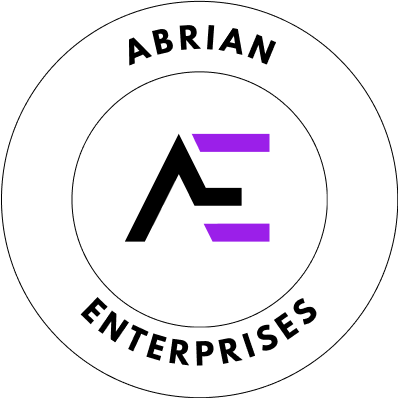For many businesses, especially in regulated industries like healthcare, the word “compliance”—particularly credentialing compliance—evokes frustration, stress, and anxiety. Credentialing involves verifying qualifications, obtaining certifications, enrolling providers with insurance networks, and maintaining strict adherence to state and federal regulations. Often associated with endless paperwork, complex rules, and the looming threat of penalties, compliance can seem like a constant drain on resources. But it doesn’t have to be that way. Compliance can become a manageable and even streamlined part of your operations.
Why is Credentialing Compliance So Hard?
Credentialing compliance is challenging for several reasons:
- Constantly Evolving Regulations
Credentialing requirements and regulations frequently change, requiring businesses to constantly adapt to remain compliant. Missing even a minor update can result in non-compliance, making continuous monitoring essential but difficult. - Complexity and Nuance
The credentialing process involves numerous detailed requirements, each with unique documentation and verification steps. The depth of detail required can make it easy to overlook critical aspects, leading to incomplete or incorrect submissions. - High Stakes
Errors in credentialing can result in severe penalties, including financial fines, suspension from insurance networks, and serious operational disruptions. Even small oversights can escalate into major issues, impacting reputation and revenue. - Administrative Burden
Credentialing involves extensive paperwork, meticulous record-keeping, and regular follow-ups. This workload can overwhelm staff who are already managing other critical business functions, leading to burnout and higher turnover rates.
Michael Silberman, Abrian Enterprises Founder, explains, “the invisible cost of the administrative load to ensure compliance drains an unquantifiable amount of high-level resources. With the exception of a full-time compliance hire, your C team, and your senior directors should be tasked with becoming compliance experts. Your business loses out on so .”
- Multi-Layered Requirements
Compliance requires coordination with multiple entities—regulatory bodies, insurance networks, and accreditation agencies—each with its own set of criteria and timelines. Managing these various requirements simultaneously demands robust organization and precision. - Resource Intensive
Maintaining compliance often requires specialized staff, ongoing training, and sometimes costly external consultants or technology solutions. Smaller organizations may struggle to allocate the necessary resources, stretching limited budgets even further. - Human Error
Given the sheer volume and complexity of credentialing tasks, human errors such as incorrect data entry or missed deadlines are common. These seemingly minor errors can lead to significant compliance issues, financial penalties, or delays in provider services. - Delayed Timelines
Provider enrollment and credentialing processes often have long turnaround times, delaying onboarding of new providers. These delays can disrupt operations, affect patient care quality, and cause lost revenue opportunities. - Varying State Requirements
Each state can have distinct credentialing rules, adding complexity for multi-state operations. Businesses must track and adapt to these differing rules, making compliance efforts more challenging and resource-intensive. - Lack of Centralized Systems
Without centralized tracking and management systems, credentialing tasks become fragmented and inefficient. This fragmentation increases the risk of errors, missed deadlines, and duplicated efforts, complicating the credentialing process even further.
Real-World Impact: A Case Study
Consider the example of a regional healthcare network that faced significant challenges due to delays in provider enrollment. These delays created bottlenecks, limiting their ability to deliver timely services and causing financial strain. Recognizing the critical nature of the issue, the network partnered with Abrian Enterprises to streamline their credentialing process.
By working closely with their leadership team, Abrian Enterprises implemented a tailored approach that reduced provider enrollment turnaround times by 40%. This improvement ensured new providers were credentialed swiftly, significantly enhancing patient care and enabling the healthcare network to expand rapidly and efficiently.
Conclusion: Compliance Can Be Simple
Compliance doesn’t need to be a burden. The best business leaders aren’t always compliance experts—and that’s okay! Partnering with Abrian Enterprises can strengthen your credentialing compliance, allowing you to focus on your core business activities with reduced stress and increased confidence. With the right support, credentialing compliance transforms from a source of frustration into a manageable, efficient part of your operations. Let us help you turn compliance into a simple, smooth, and strategic asset for your business.
